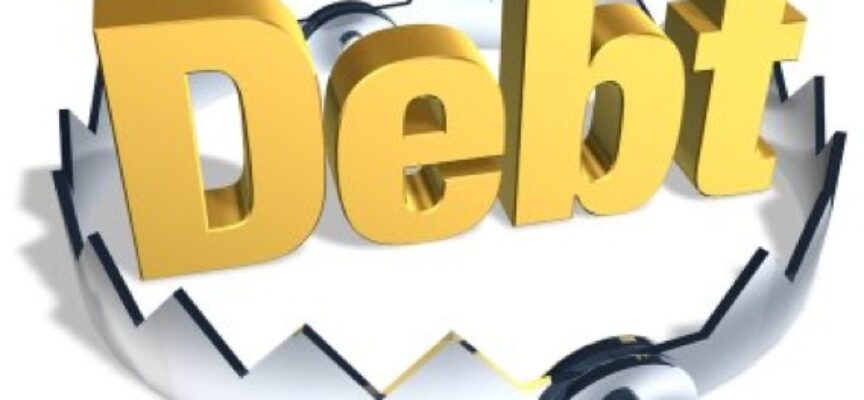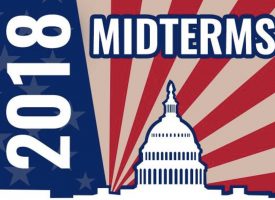The economy is not strong. Even the high income earners are now running into trouble, and look at what is happening to those who are struggling to make minimum credit card payments.
Some Consumers Are Beyond Broke
January 29 (King World News) – Gerald Celente: The proportion of credit card holders making only minimum payments rose to 10.75 percent in last year’s third quarter, the most since 2012, the Federal Reserve Bank of Philadelphia reported.
Financial website Nerdwallet pegs the proportion at 22 percent, twice the Fed number.
The upward trend began in 2021 and has continued as interest rates climbed from near zero to above 5 percent. The U.S. Federal Reserve’s policy rate for loans has now settled back to 4.50 percent.
The share of credit card payments more than 30 days past due rose 10 percent to 3.52 percent of cardholders, more than double the 1.57-percent in 2021’s second quarter when government stimulus checks kept household incomes up during the COVID War.
The trends show a troubling side of what is widely regarded as a healthy economy and a resilient consumer who keeps spending, although the delinquency rate is barely half of that in 2008 and 2009 during the Great Recession.
Adjusted for inflation, consumers spent 2.9 percent more in November, year on year, leading Goldman Sachs to see consumers as a continuing “source of strength” for the economy.
However, that might not last…
Listen to the greatest Egon von Greyerz audio interview ever
by CLICKING HERE OR ON THE IMAGE BELOW.
Credit card interest rates are averaging 21.5 percent, about 50 percent higher than in 2021, according to U.S. Federal Reserve data. Investopedia puts the average at 24.4 percent. The rate on cards issued to people with poor credit histories can top 30 percent.
Those higher rates are being charged on higher balances. The amount owed on U.S. credit card accounts shot up 52.2 percent in 2024’s third quarter, compared to the second quarter of 2021, Fed data shows.
As inflation more than tripled to 9.1 percent in July 2022, more people relied on credit to meet basic necessities. Forty-eight percent of people are using cards to buy essentials, a survey by website Renter found.
The average amount U.S. households owe on credit card accounts is $10,563, Nerdwallet said. Making minimum payments until that amount is erased would take 22 years and cost $18,000 in interest, the site noted.
In a recent survey by the Federal Reserve Bank of New York, 14.2 percent of people responding said there was a chance they would miss a credit card payment in the next three months. That tied September for the largest proportion since April 2020 as the COVID War began.
TREND FORECAST:
Consumers have been living at the far edge of the their credit card limits for more than two years, as we have noted in “Credit Card Debt Nears $1 Trillion, Sets Record” (7 Feb 2023) and “More Americans Falling Behind on Credit Card Payments” (30 Jul 2024).
Barring a serious recession, the interest rate on credit cards and other consumer loans is unlikely to fall much… even as interest rates decline. Overall, we maintain our trend forecast that the rich will keep getting richer and the plantation workers of Slavelandia (the general public) will get poorer.
Gold Attacking All-Time High!
To listen to Alasdair Macleod discuss gold attacking all-time highs as well as what to expect from silver and mining stocks CLICK HERE OR ON THE IMAGE BELOW.
© 2025 by King World News®. All Rights Reserved. This material may not be published, broadcast, rewritten, or redistributed. However, linking directly to the articles is permitted and encouraged.









